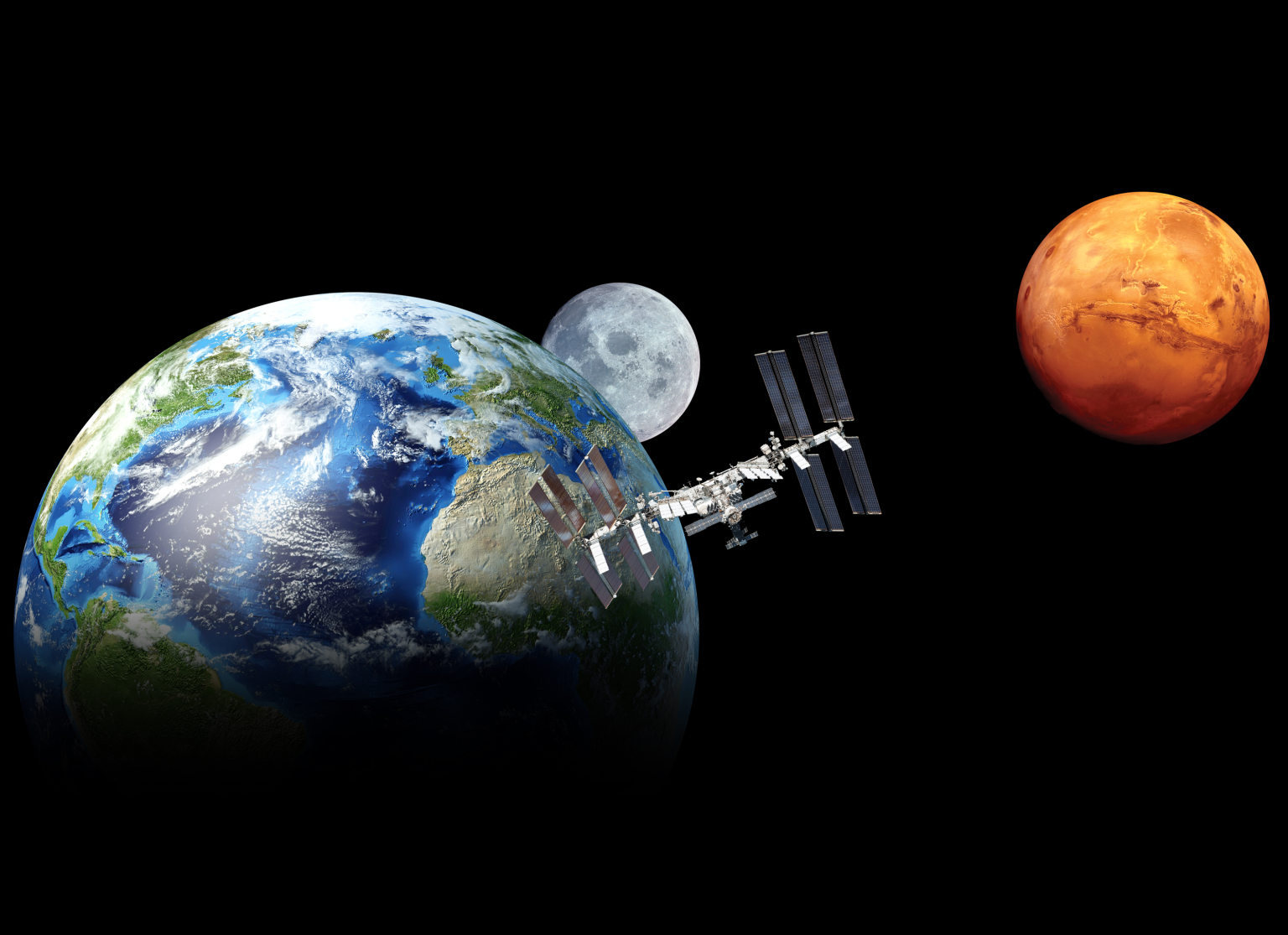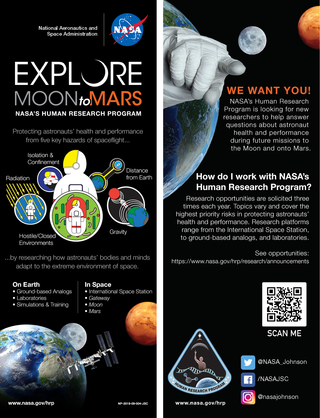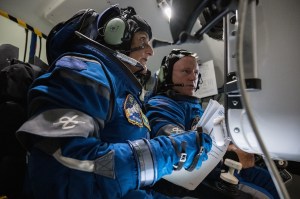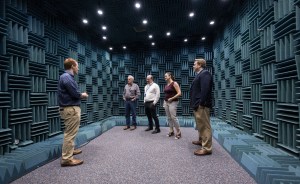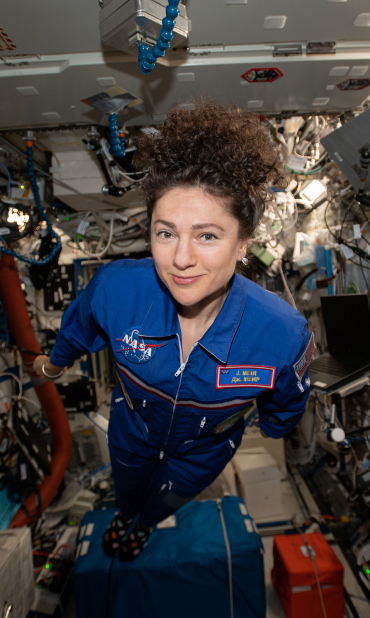This article is part of a series that details each step NASA’s Human Research Program is taking to prepare humans for long-duration missions to space. Step 1 involves Earth-bound simulations of life in space. Step 2 relies on research conducted on the International Space Station to better understand and manage the effects of long-duration missions. Step 3 tackles the challenge of keeping humans healthy in the deeper space environment of the Moon. An overview of these steps is presented below.
Sending astronauts to Mars is the next giant leap of human space travel. In preparation for a trip to the Red Planet, NASA is taking a stepping stone approach to studying the health effects of human spaceflight using Earth-based analogs, the International Space Station, and lunar missions under the agency’s Artemis program.
NASA’s Human Research Program, or HRP, conducts research and develops countermeasures for five of the hazards of human spaceflight: radiation, isolation and confinement, distance from Earth, microgravity, and hostile/closed environments. These hazards pose risks to astronaut health and performance, and NASA aims to understand and manage those risks through research at each step, gradually moving farther from Earth using analog, space station, and lunar mission studies.
Step 1: Analogs are environments on Earth that mimic spaceflight conditions. HRP uses several ground-based analogs including: :envihab in Germany, Antarctic Stations, NEK in Russia, the Human Exploration Research Analog at NASA’s Johnson Space Center in Houston, and the NASA Space Radiation Laboratory in Brookhaven, New York. These analogs offer a wide variety of environments to study how humans or biological samples change or adapt to spaceflight hazards. Researchers study how isolation and confinement affect mental health, or how weightlessness and artificial gravity influences physiology, or how space radiation may damage biological systems.
Step 2: The space station serves as an international scientific laboratory and a unique environment to study the interaction and effects of some of the hazards of human spaceflight. Space station studies provide insight into how the human body adapts to weightlessness and hostile/closed environments. Knowledge gained from space station missions is helping us better understand how astronauts adapt to long-duration spaceflight.
Step 3: Artemis missions will allow researchers to study how deep-space radiation, a partial gravity environment, and distance from Earth affect astronauts’ health and performance. NASA’s Space Launch System rocket, or SLS, will carry astronauts onboard the Orion spacecraft to an outpost called Gateway. Gateway will house astronauts on Artemis missions in lunar orbit and enable crews to make trips to and from the Moon’s surface with a human landing system. By using Artemis missions as a testbed for Mars, researchers will better understand how astronauts would accomplish medical operations, adjust to the surface of another celestial body, and keep necessary supplies like food and medicine safe for extended durations in deep space.
Together, analogs, space station, and lunar mission studies are helping NASA turn dreams of stepping foot onto Mars into a reality.
_____
NASA’s Human Research Program, or HRP, pursues the best methods and technologies to support safe, productive human space travel. Through science conducted in laboratories, ground-based analogs, and the International Space Station, HRP scrutinizes how spaceflight affects human bodies and behaviors. Such research drives HRP’s quest to innovate ways that keep astronauts healthy and mission-ready as space travel expands to the Moon, Mars, and beyond.



























